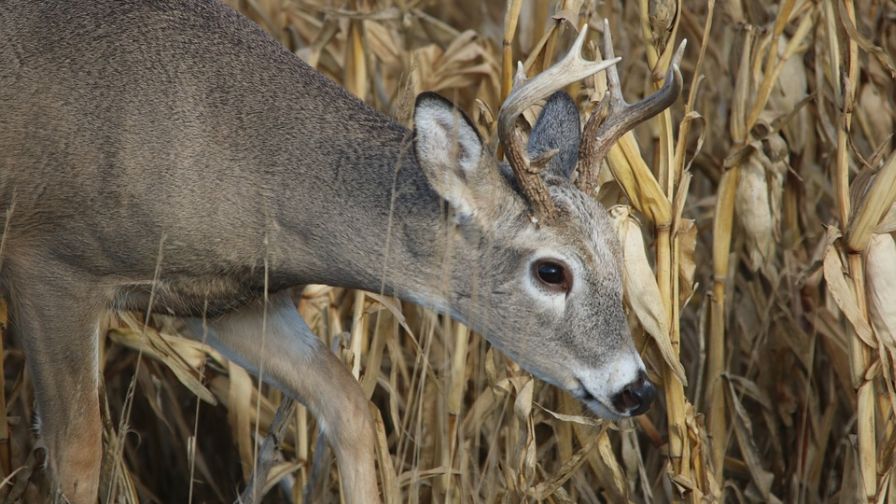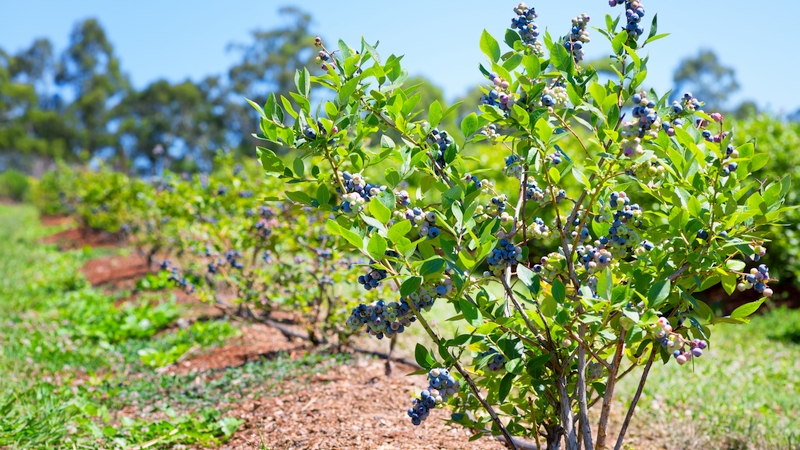Whitetail Deer: A Top Wildlife Threat to Vegetable Crops

Out of all of the wildlife complaints University of Kentucky Extension specialist Matt Springer receives each season, whitetail deer are at the top of his list. To better manage populations, Springer suggests taking advantage of the following controls.
Deterrents. Using deterrents such as propane cannons or distress tapes can help, however, because the deer may become accustomed to the deterrents within the span of two weeks, he suggests using them when deer may cause the most damage to crops.
Fences. Fences are the next best line of defense, says Springer, and although growers may be looking at a higher upfront cost, they end up providing a great return on investment in the long run.
Because deer can jump up to eight feet, Springer suggests an eight-foot fence to keep deer at bay.
Electric fences are another effective option.
“The fence can run on solar, or if you have the ability to hook it up to an electric line, that works great. The upfront cost was $1,200 for the installation for us to protect an acre and a half, but that’s going to last somewhere around 20 to 30 years, with only the added cost of replacing the solar system every few years,” he says.
Hunting. Springer says that hunting is the top overall deer management strategy for many states because their natural predators were eliminated.
“This is with the exception of out West, where they still have some mountain lions, and up north where they have the recovered wolf populations,” Springer says.
However, even if they are hunting deer at their own operation, growers close to other farms or in suburban areas are presented with the challenge of deer wandering over to their property and causing recurring damage, according to Springer.
The best line of defense in this case it to contact their local or state department of natural resources to see what legal action they are allowed to take.
“Every state is different, but the state department of wildlife is used to managing these issues and can give the best recommendations and let growers know what programs are available to help them,” Springer says.









